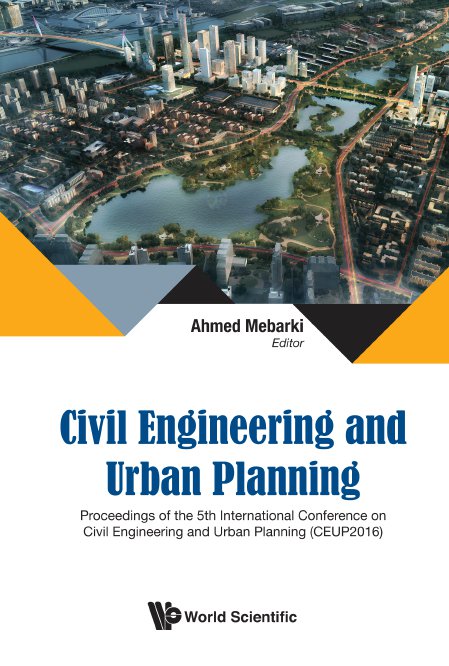Study of ecological corridor planning and landscape pattern change mechanism of Guangzhou with ArcGIS
Ecological connectivity is an important indicator for ecological relations among patches. Based on the least-cost distance model, this paper conducts a systematic assessment of ecological connectivity before and after ecological corridor planning of Guangzhou using the Barrier Effect Index (BEI) and Ecological Connectivity Index (ECI). And the driving mechanism of its landscape pattern changes is analyzed. The result shows that spatial differentiation of BEI is driven by woodland and construction land in Guangzhou. The distribution pattern of Ecological land presents islanded and media fragmentation in the whole city. The relentless growth of built-up areas has been identified as the leading cause for landscape deterioration. The important habitat and ecological corridor can be made clearly base on ECI, and spatial planning approach of ecological corridor is proposed. The level of Ecological Connectivity has been improved significantly after planning corridor, and the area of ECI-increasing region is 473.58 km2. The area proportion of Ecological Connectivity Index above medium level (ECI=3∼5) increased 7.52%. And landscape fragment of Guangzhou is weakened. Ecological service functions and ecological connectivity were improved significantly between islanding ecological resources and urban ecological land. The past unreasonable development mode of urban land in Guangzhou should be abandoned to strengthen the urban green-space construction. The level of ECI of Guangzhou can be enhanced by using survival ecological resources and assisted by essential protection, restoration and construction.



